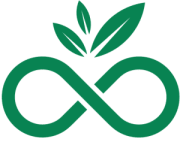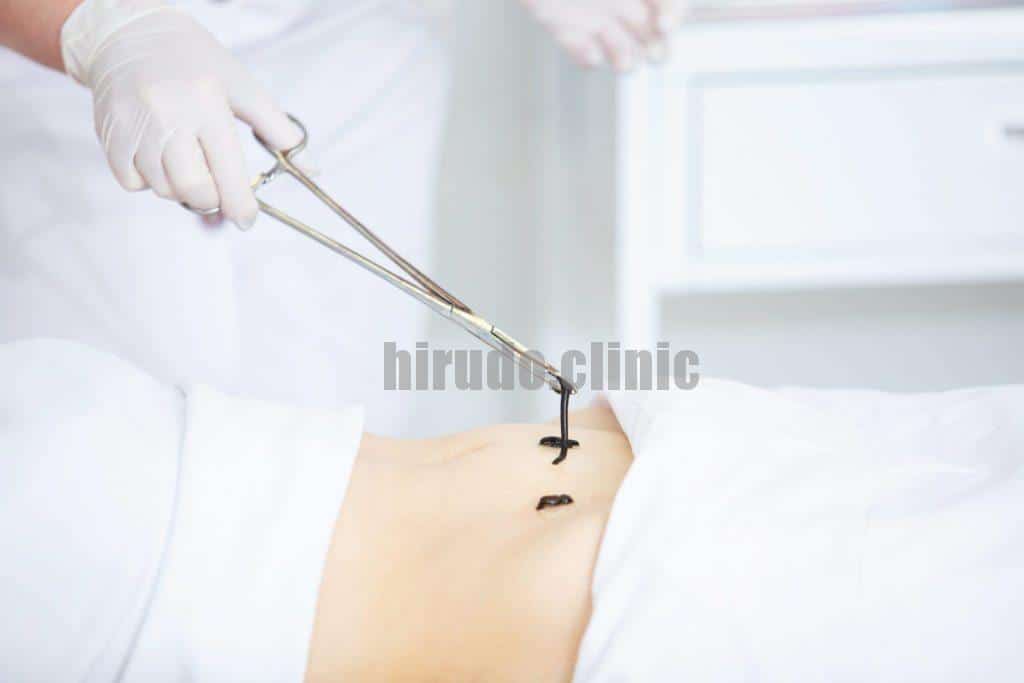The marks left after leech therapy can occur for several reasons:
- Leech Bites: Leeches create small wounds when they attach to the skin and feed on blood. These bite marks can resemble small punctures or bruises and may take time to heal. The saliva of leeches contains anticoagulants, which prevent blood clotting and can cause prolonged bleeding from the bite site, resulting in visible marks.
- Anticoagulant Effects: Leeches inject anticoagulants (such as hirudin) into the bite area, which increases blood flow. In areas with poor circulation, like after knee surgery, blood may pool around the bite site, leading to bruising or prolonged bleeding. This can make the marks look darker or more pronounced.
- Post-Surgical Area Sensitivity: After knee surgery, the skin and tissue around the knee may be more sensitive or have compromised blood flow. This can result in a more noticeable reaction to the therapy, as the skin may take longer to heal or show more significant discoloration.
- Localized Swelling or Inflammation: Leech bites can cause mild inflammation or swelling, especially if there is poor circulation in the area. This can make the marks more prominent and slow down the healing process.
- Hematoma Formation: If blood collects under the skin due to slow clotting or compromised circulation, small bruises (hematomas) may form around the bite marks, causing purple or red discoloration.
These marks are usually temporary and should fade over time as the body heals. However, if they persist or become a concern, it might be helpful to consult a healthcare provider.
Marks and Bruises from Leech Therapy
Marks or bruises from leech therapy usually last anywhere from a few days to a few weeks, depending on factors like skin type, circulation, and how quickly someone heals. Here are a few things that can influence healing time:
- Skin Sensitivity: People with sensitive skin or those prone to bruising might heal more slowly.
- Circulation: Poor circulation, which can be an issue after knee surgery, may slow the healing process, making the marks last longer.
- Leech Attachment: The duration the leeches were attached and the amount of anticoagulant injected can affect how long the marks persist.
- Aftercare: Proper care, such as cleaning the area and preventing infection, helps the marks heal faster. Avoiding further irritation or trauma to the area is crucial.
Most people notice significant fading of the marks within one to two weeks, but it can take up to a month for complete healing in some cases. If the marks don’t improve or worsen, it’s wise to consult a doctor.
Post-Leech Therapy Marks: What Causes Them?
The visible marks after leech therapy, especially around the knee following surgery, may result from poor circulation. Leech therapy often leaves marks or bruises, particularly when there are existing circulatory issues or previous surgeries, which can affect how the body responds to the treatment.
With knee surgery, the circulation in the area might still be compromised, causing a stronger reaction to the therapy. Surgical scars and changes in blood flow can also impact how well the therapy works and how the skin heals.
If the marks remain or worsen, it would be wise to consult a medical professional to ensure proper healing and address any potential circulation problems.
Antihistamines like antihistamin J can help if there is an allergic reaction or excessive itching around the leech bite marks. Here’s how it may be beneficial:
- Reducing Itching: Leech bites sometimes cause itching due to the body’s reaction to the anticoagulants in the leech’s saliva. Antihistamines help block the histamine response that causes itching and discomfort.
- Decreasing Swelling: If there is any localized swelling or mild allergic reaction to the leech bite, antihistamines can help reduce this swelling and inflammation.
- Alleviating Allergic Reactions: In cases where the bite causes redness or hives, antihistamines can help calm the reaction and speed up healing.
However, antihistamines won’t speed up the healing of the marks themselves but can make the healing process more comfortable by reducing itching and irritation. Always consult a healthcare provider before taking medication to ensure it’s appropriate for the condition.


